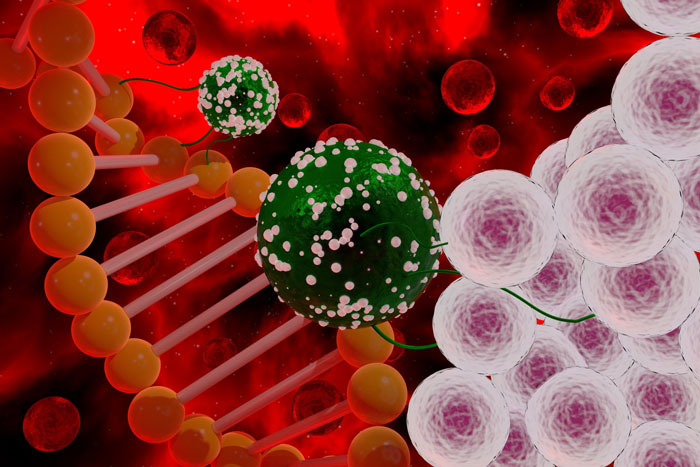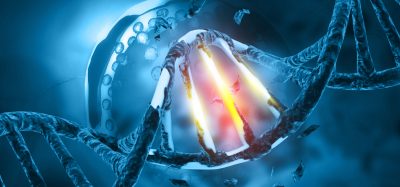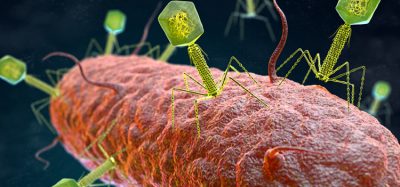Scientists discover new bacterial defence mechanism of CRISPR-Cas system
Posted: 19 July 2017 | Drug Target Review | No comments yet
A team of researchers – headed by the University of Zurich – have discovered a new mechanism by which bacteria are protected from invading viruses and molecular parasites.


The CRISPR-Cas system is an immune system that is found in many bacteria. It provides protection from viruses and other molecular parasites that can invade the bacterium and take over its genome. In these systems the immunity is mediated by a complex multi-protein molecular machinery that uses RNA molecules as molecular guides to identify the invader and target it for destruction. Until now, it has been known that the complex itself has nuclease activity and can directly degrade the DNA and RNA of the invading viruses. Now, an international research team headed by Martin Jinek of the University of Zurich has found a new mechanism by which the invaders get destroyed.
Second messenger molecule identified
The targeting machinery of CRISPR-Cas systems is composed of RNA sequences derived from clustered regularly interspaced short palindromic repeats (CRISPR) and CRISPR-associated proteins (Cas). While the CRISPR RNAs recognise the genetic material of the invader, the Cas proteins cleave it like molecular scissors. In a subset of CRISPR-Cas systems (known as type III), the researchers made a surprising discovery. When the targeting machinery recognises the invader, it synthesises a ‘second messenger’: a small, circular RNA molecule. This signalling molecule can diffuse within the bacterial cell and activates another RNA-degrading enzyme called Csm6, which then helps to destroy the RNA of the virus.
Bacteria use similar defence mechanism to humans
“In this way, when the CRISPR-Cas system in the infected bacterial cell becomes overwhelmed”, explains Jinek, “it signals an alarm by means of the second messenger to get help from another defence mechanism to eliminate the virus.” In their study, the researchers identified an unprecedented defence mechanism in bacteria.
Moreover, second messenger molecules produced by the CRISPR-Cas system have never been observed in nature before.
Furthermore, the newly found bacterial defence mechanism has some unexpected similarities to a well-known antiviral mechanism that operates in the human innate immune system. “So bacteria, in their own way, fight viral infections in a way that is surprisingly similar to what human cells do”, added Jinek.








